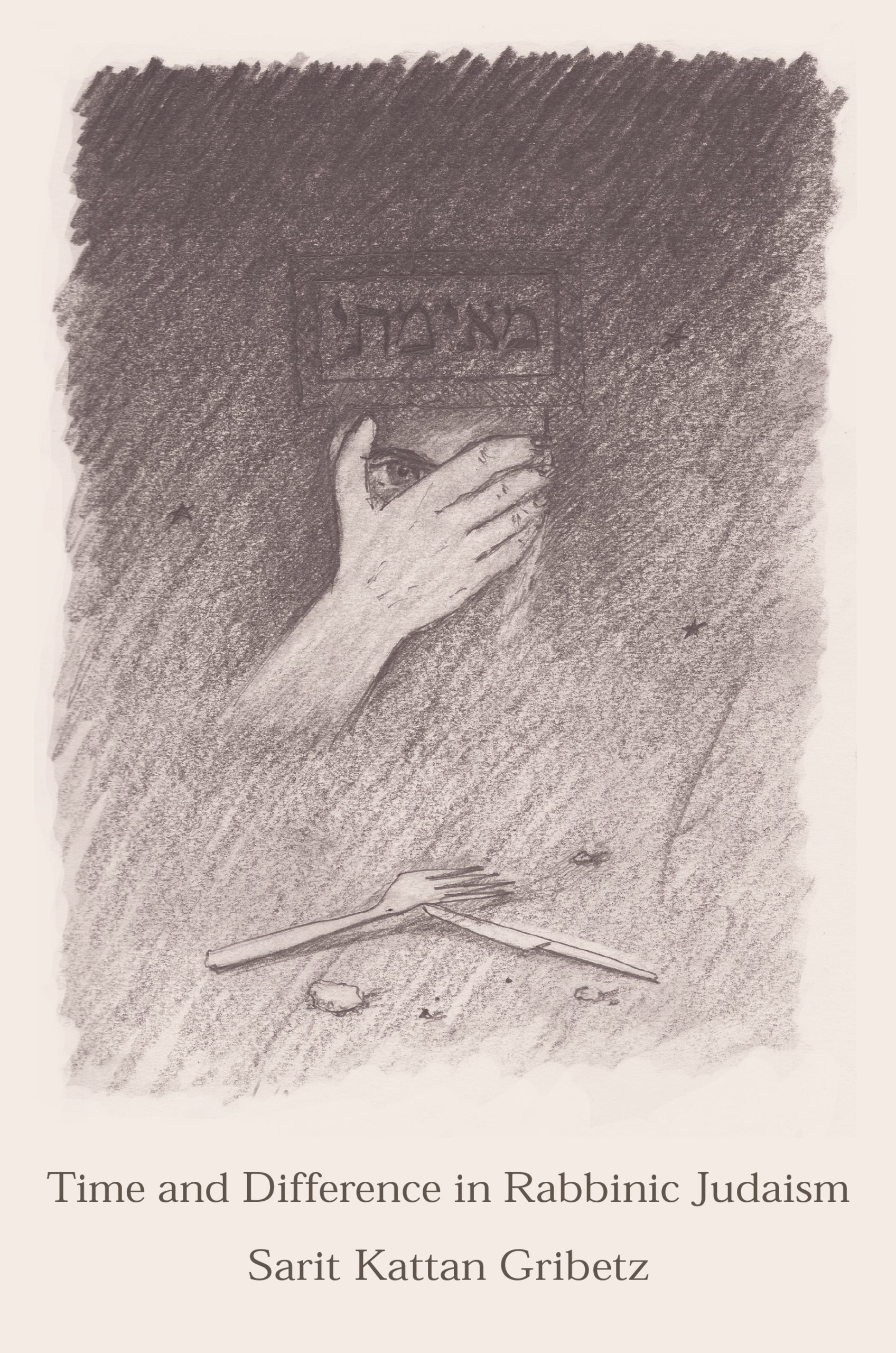
Time, Gender and God’s Daily Schedule
When the coronavirus lockdown ended in Israel and schools reopened, I, like many of my friends, continued to work from home. I marveled at the flexibility I was afforded when working at home without kids underfoot—suddenly I had six hours to structure as I saw fit. So long as my work got done each day, I could eat breakfast whenever I was hungry, go out for a quick walk when I needed a break, and set my own agenda. But how would I organize my time? I was reminded of a passage from the Talmud in which the ancient rabbis ask the same question of God—how does God spend a typical day?
The rabbis posit that God’s day is divided into four parts. In the first part, God studies Torah. During the second part of the day, God judges the entire world. But it soon becomes clear that the whole world is deserving of destruction, and so God gets up from the throne of justice and sits instead on the throne of mercy, feeding the entire world during the third part of the day. In the final part, God takes a break and sports with the Leviathan, a mythical sea creature associated with the primordial past and the eschatological future. God’s imagined schedule—divided equally between rigorous study and strict justice on the one hand, and merciful attention to the created world on the other—reflects the Talmudic rabbis’ curiosity about God’s relationship to time, and about how the world in which they lived was ordered, governed, and sustained.
This whimsical theological musing is one of several ancient rabbinic sources from the early centuries of the Common Era examined in Time and Difference in Rabbinic Literature by Sarit Kattan Gribetz (Princeton University Press, $39.95 ), a study of how time was used in rabbinic sources to negotiate difference and demarcate boundaries—between rabbis and Romans, Jews and Christians, men and women, and humans and God. The book’s central argument is that the rabbis used time-keeping and discourses about time to construct social, political and theological difference while living within an empire and among other communities that had different ways of organizing time.
Gribetz, a professor of theology at Fordham University, situates her work in an impressive range of historical and academic contexts, including Roman imperial historiography, early Christian polemical literature, feminist phenomenology, and biblical and rabbinic studies. Yet her book will be of interest not just to scholars, but also to teachers of rabbinic texts in non-academic settings; as such, the book could have benefited from a separate index of rabbinic sources organized by Talmudic tractate and midrashic work.
Just as the Talmudic rabbis, in imagining God’s schedule, succeeded in bringing God down to earth, Gribetz manages to render her source material—translated from ancient Greek, Latin, Hebrew, Aramaic and Syriac—accessible, relevant and perhaps even timely. After all, when our sense of time has been upended, what is God’s imagined schedule if not a proposed model for our own?
Gribetz’ book, like God’s day, is divided into four chapters; these chapters are ordered according to decreasing units of time, from the annual to the weekly to the daily to the hourly. In the chapter on daily time, Gribetz shows how rabbinic sources constructed gender through time and, conversely, time through gender. She examines how two biblical traditions— the Shema and the laws of menstrual purity—were transformed into daily rituals by the rabbis and then subsequently gendered, resulting in two parallel and synchronous rhythms that oriented men and women to time in fundamentally different ways. Whereas men were obligated to recite the Shema every morning and every evening as a regularized declaration of devotion to God, women were required to perform bodily examinations every morning and evening to determine their state of purity or impurity.
Rabbinic sources present these rituals as merely reflecting the natural temporal rhythms of human and celestial bodies, but they in fact operate in crucially different ways: the Shema and other timebound commandments serve to orient men’s time externally toward God, while the menstrual purity laws orient women’s time internally toward their bodies and their husbands. “What it meant to be a halakhically observant rabbinic man or woman,” Gribetz argues, “was defined by distinct embodied rituals and experiences of time.”
The implications of the rabbinic construction of a gendered temporality continue to be felt in our own day. As scholars have demonstrated, rabbinic texts regarded the daily recitation of the Shema—from which women were excluded—as a form of Torah study. Torah study, in turn, became the hallmark of rabbinic masculinity and the ideal way to spend one’s time, as evidenced, too, by the first item on God’s daily agenda. As a result, the Talmudic and midrashic sources analyzed in this book were for generations studied almost exclusively by men, whose commentaries in the margins shaped the way these texts were interpreted and codified. All of this has begun to change, and Gribetz’ book is a worthy reminder that when it comes to women’s scholarship of rabbinic texts, time is on our side.
Ilana Kurshan is the author of If All the Seas Were Ink, winner of the Sami Rohr Prize for Jewish Literature




